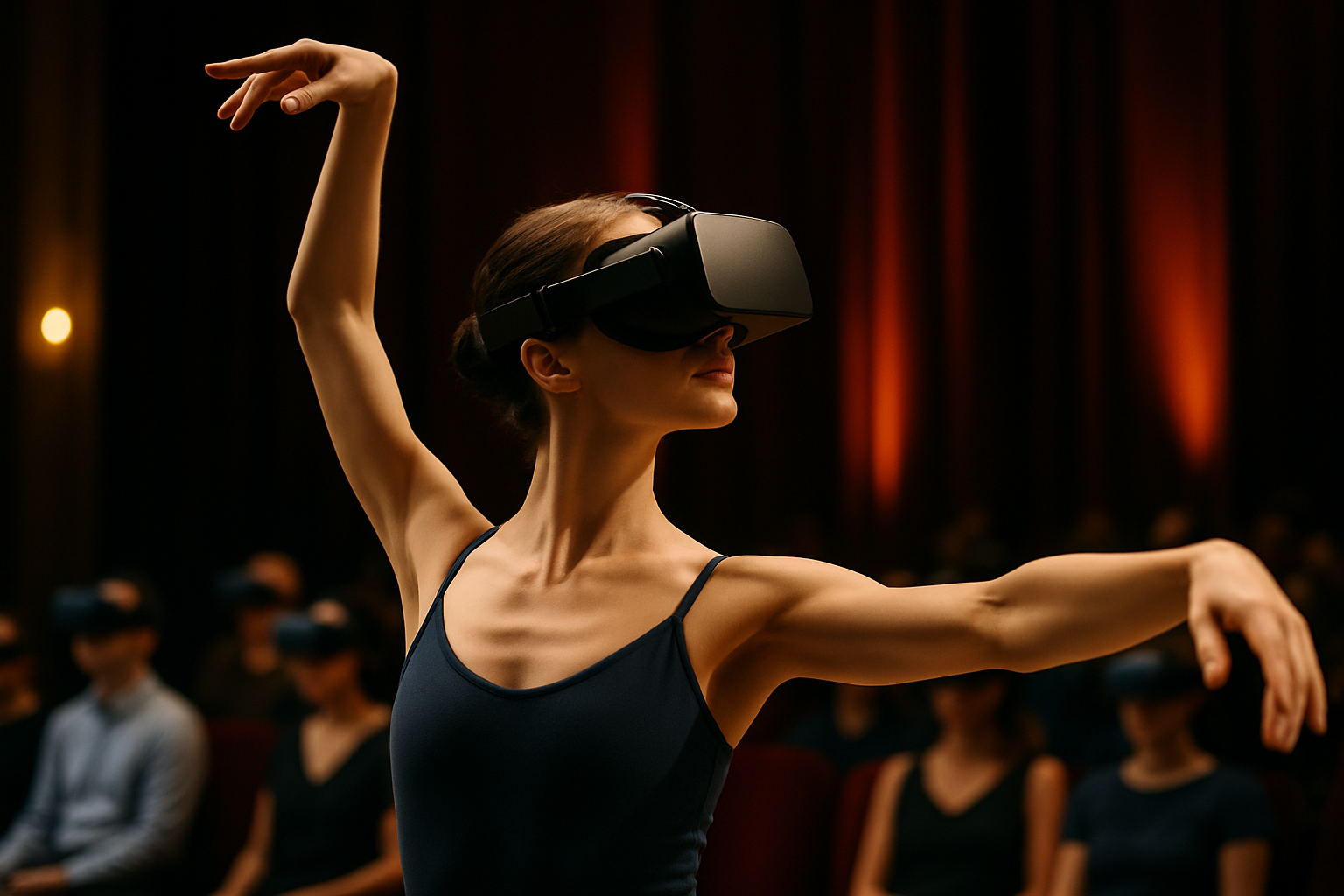Avant-Garde Puppetry: Redefining the Art of Animation
In the ever-evolving landscape of artistic expression, a captivating revolution is taking place in the world of puppetry. Far from the traditional marionettes and hand puppets of yesteryear, avant-garde puppeteers are pushing the boundaries of their craft, blending cutting-edge technology, innovative materials, and bold narratives to create mesmerizing performances that challenge our perceptions of animation and storytelling.

Today, a new wave of artists is breathing fresh life into this ancient craft, combining time-honored techniques with modern innovations to create performances that are as thought-provoking as they are visually stunning. This renaissance in puppetry is not merely a revival of old forms but a complete reimagining of what puppetry can be in the 21st century.
Technological Integration: Puppets Meet the Digital Age
One of the most striking aspects of avant-garde puppetry is its seamless integration of technology. Puppeteers are now incorporating projection mapping, motion sensors, and even artificial intelligence into their performances, creating hybrid experiences that blur the lines between the physical and digital realms.
For instance, the acclaimed puppetry collective Handspring Puppet Company has collaborated with digital artists to create performances where puppets interact with real-time projections, responding to virtual environments that shift and change throughout the show. This fusion of tangible puppetry with digital elements adds layers of depth and complexity to the storytelling, allowing for narratives that were previously impossible to convey through traditional means alone.
Unconventional Materials: Redefining the Puppet Form
Avant-garde puppeteers are also pushing the boundaries of what constitutes a puppet by experimenting with unconventional materials and forms. Moving beyond wood, cloth, and papier-mâché, artists are creating puppets from recycled electronics, biodegradable materials, and even living plants.
One pioneering artist, Shawn Ketchum Johnson, has gained recognition for his biomorphic puppets made from repurposed industrial waste. These ethereal creations, often incorporating moving parts from discarded machinery, challenge our perceptions of animacy and invite reflection on our relationship with the environment and technology.
Narrative Innovation: Tackling Complex Themes
As the form of puppetry evolves, so too does its content. Avant-garde puppeteers are increasingly using their art to explore complex social, political, and philosophical themes. Moving beyond children’s entertainment, these performances tackle issues such as climate change, artificial intelligence ethics, and the nature of consciousness.
The French company Royal de Luxe exemplifies this trend with their giant marionettes, which have been used to tell stories of migration, industrialization, and human resilience. These massive puppets, some standing over 50 feet tall, transform city streets into stages for epic narratives that engage entire communities in collective storytelling experiences.
Cross-Disciplinary Collaborations: Expanding the Boundaries
Another hallmark of avant-garde puppetry is its emphasis on cross-disciplinary collaboration. Puppeteers are partnering with dancers, musicians, visual artists, and even scientists to create multifaceted performances that defy easy categorization.
One notable example is the work of Basil Twist, whose abstract underwater puppet performances set to classical music have earned critical acclaim. By submerging his intricate creations in a 1,000-gallon tank, Twist creates mesmerizing visual symphonies that challenge traditional notions of puppetry and push the art form into new realms of abstraction.
The Global Impact: Festivals and Cultural Exchange
The rise of avant-garde puppetry has led to a resurgence of interest in the art form worldwide. International puppetry festivals, such as the World Puppet Festival in Charleville-Mézières, France, have become hotbeds of innovation and cultural exchange. These events not only showcase groundbreaking performances but also foster collaboration between artists from diverse backgrounds, further fueling the evolution of the craft.
Moreover, the accessibility of online platforms has allowed avant-garde puppeteers to reach global audiences, sharing their work and inspiring a new generation of artists. Social media has become a vital tool for these creators, enabling them to document their process, connect with fans, and even livestream performances to viewers around the world.
Challenges and Future Directions
Despite its growing popularity, avant-garde puppetry faces several challenges. Funding for experimental art forms can be scarce, and the technical complexity of some performances can make them difficult to tour or reproduce. Additionally, as puppetry becomes more technologically advanced, there is a risk of losing the intimate, handcrafted quality that has long been central to the art form.
Looking to the future, many artists are exploring ways to balance innovation with tradition, seeking to push the boundaries of puppetry while preserving its essence as a deeply human and tactile form of expression. Some are experimenting with augmented reality to create hybrid experiences that combine physical puppets with digital overlays, while others are developing new techniques for large-scale environmental puppetry that engages with landscapes and cityscapes in unprecedented ways.
As avant-garde puppetry continues to evolve, it promises to remain a vibrant and provocative art form, challenging our perceptions, sparking our imaginations, and inviting us to see the world anew through the magical lens of animated objects. In reimagining this ancient craft for the modern era, these innovative artists are not just preserving a tradition—they are crafting the future of storytelling itself.





